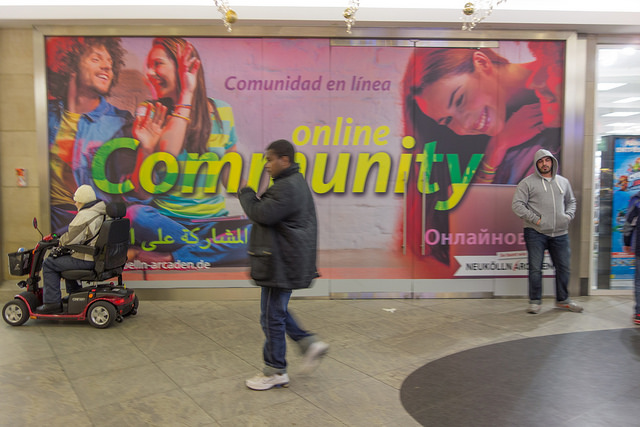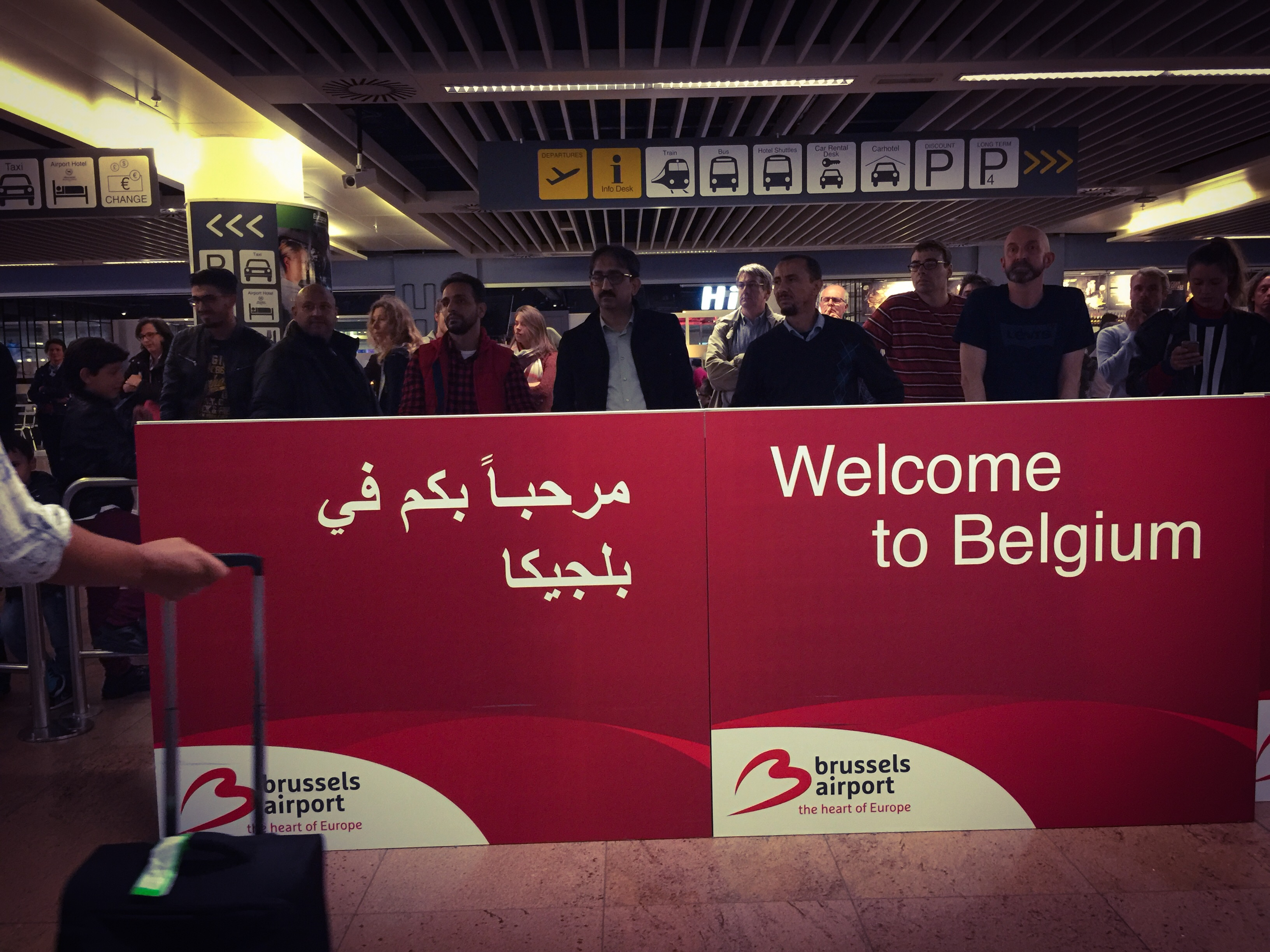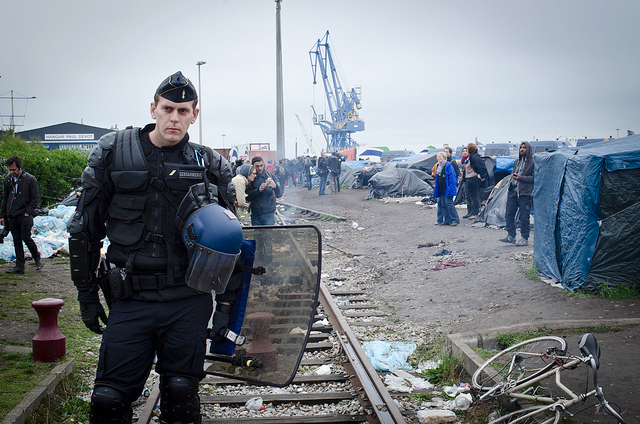When you think of Sweden, France or Germany, what do you picture? More importantly, whom do you picture? For all of the attention that has been paid to the problems caused by immigration in the postwar era, particularly since the collapse of the Eastern Bloc, many people still regard them as temporary, the result of a state of emergency at odds with the continent’s essence.
This is sheer fantasy, every bit as preposterous as Donald Trump’s dream of sending millions of “Mexicans” back across the United States’ southern border. But just because it is no longer possible does not make it any less powerful. As the Nazis made terrifyingly clear in the 1930s, the impulse to return to a condition of purity can be mobilized for the darkest of purposes. It doesn’t matter whether this longed-for innocence was a fiction to begin with. If the desire to revert or, in contemporary parlance, “undo” is strong enough, a delusional assessment of contemporary reality can be sustained indefinitely.
That’s why it is encouraging whenever we find evidence of a concerted effort to make people acknowledge the world they actually live in, like the advertisement for a shopping mall in Neukölln, one of Berlin’s most diverse neighborhoods, above. To be sure, Germany’s once-again capital city has long been more tolerant of cultural and religious difference than most European locales. Nevertheless, there is a major difference between celebrating multiculturalism in a superficial manner, focusing on its stimulating exoticism, and truly coming to understand that it has come to represent the rule rather than the exception.
The only German-language content on the billboard pictured here is for the URL being promoted. It is English that serves, with a note of irony, as the advertisement’s lingua franca, the language most likely to reach those passersby who do not speak the other tongues it includes in a smaller font. That goes for speakers of German as well, unless they were educated in the East prior to the Wall’s destruction and never managed to catch up with their Western brethren.
Given all the blood and boorishness on the hands of both the British and Americans in the post-Cold War era, it may seem odd to regard their native language as an index of hope for progressivism. But it is crucial to remember that the English used by immigrants to make connections has become increasingly autonomous, like a screwdriver that never quite gets employed as it was intended to be, yet proves handy in a wide range of situations.
The billboard is also noteworthy for its approving depiction of people with physical features not historically identified as “German”. They are relaxed and having fun amid the spectacle of consumerism, rather than fretting about all the ways they fail to fit in. This may also be a fantasy, at least for many immigrants and their descendants, but it is one far closer to being realized than the retrograde vision of a Europe unsullied by foreign elements.
Needless to say, the situation of the people photographed in front of this advertisement falls far short of the sunny dispositions it showcases. Yet they remain, in their humble diversity, a reflection of the values it wishes to communicate. A testament to the redemptive power of consumerism may seem like a weak response to the troubles of a financially and politically challenged continent, but it sure beats the blond, blue-eyed alternative the world remembers all too well from the days when Berlin was a beacon of fear instead of hope.
Commentary by Charlie Bertsch. Photograph courtesy of Joel Schalit.





